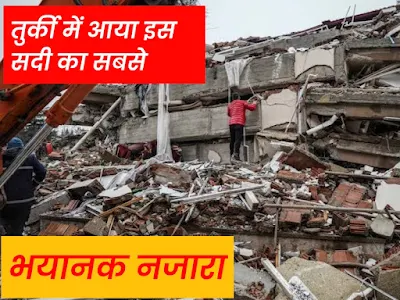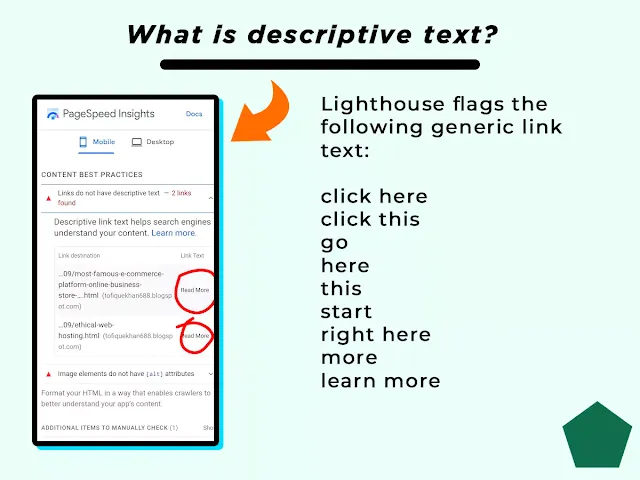Planning a trip from Delhi to Prayagraj?Whether you’re visiting the sacred city for its spiritual significance, the famous Triveni Sangam, or just exploring its rich history, knowing how to get there makes your journey seamless. This guide breaks down the best ways to travel from Delhi to Prayagraj, covering all modes of transportation, costs, and travel tips.
 |
| How to Reach Delhi to Prayagraj |
1. Delhi to Prayagraj by Train: The Most Convenient Option
One of the most popular ways to travel from Delhi to Prayagraj is by train. Indian Railways offers multiple daily trains that connect the two cities, making it a budget-friendly and comfortable option.
Top Trains from Delhi to Prayagraj
Duronto Express: Known for its speed and minimal stops, this train is an excellent choice for travelers in a hurry.
Prayagraj Express: A direct train from Delhi to Prayagraj, it’s highly preferred for its punctuality and comfortable seating.
Rajdhani Express: For those seeking a premium travel experience, the Rajdhani offers luxurious seating, meals, and impeccable service.
Travel Time and Cost
The average travel time by train ranges from 7 to 10 hours, depending on the train and class of travel. Ticket prices vary:
- Sleeper Class: ₹400–₹600
- AC 3 Tier: ₹800–₹1,200
- AC 2 Tier: ₹1,200–₹1,800
Booking tickets in advance, especially during festivals or peak seasons, is highly recommended.
2. Delhi to Prayagraj by Flight: The Fastest Route
If time is of the essence, flying from Delhi to Prayagraj is the fastest option. Prayagraj has a domestic airport, Bamrauli Airport, which connects directly with Delhi.
Flight Details
Major airlines like IndiGo, Air India, and SpiceJet operate regular flights between Delhi and Prayagraj.
The flight duration is approximately 1.5 hours.
Travel Cost
The average one-way airfare ranges between ₹3,000 and ₹6,000, depending on the season and how early you book your ticket.
Tips for Flying
Check for deals and discounts on travel booking platforms.
Arrive at the airport at least 2 hours before your flight departure.
3. Delhi to Prayagraj by Road: A Scenic Drive
For those who enjoy road trips, traveling by car or bus from Delhi to Prayagraj is an exciting option. The distance from Delhi to Prayagraj by road is around 650 kilometers, and the journey takes approximately 10–12 hours, depending on traffic and road conditions.
Driving from Delhi to Prayagraj
The Yamuna Expressway and NH19 offer smooth roads and picturesque views.
Ideal for travelers who prefer to take breaks and explore small towns en route.
Bus Services
Private buses: Operators like UPSRTC, RedBus, and other private services provide comfortable AC and non-AC buses.
Cost: Ticket prices range from ₹700 to ₹1,500, depending on the bus type.
Travel Tips for Road Trips
Start early to avoid Delhi’s morning traffic.
Carry essentials like snacks, water, and a first-aid kit for a hassle-free journey.
Read Also: How to Book Chardham Yatra Tour Package
4. Delhi to Prayagraj by Taxi or Self-Drive
If flexibility and privacy are your priorities, consider hiring a taxi or driving your own car from Delhi to Prayagraj.
Taxi Options
Many cab services like Ola Outstation, Uber Intercity, and local operators offer one-way or round-trip taxis.
The cost for a taxi ranges from ₹8,000 to ₹12,000, depending on the car type.
Self-Drive
Renting a car from services like Zoomcar or Revv is another option for a personalized travel experience.
Be sure to plan fuel stops and take breaks to avoid fatigue during the journey.
5. Best Time to Travel from Delhi to Prayagraj
The ideal time to visit Prayagraj is during the winter months (November to February), as the weather is pleasant for sightseeing and outdoor activities. Avoid traveling during the summer, as temperatures can soar above 40°C, making the journey uncomfortable.
6. Tips for Traveling from Delhi to Prayagraj
Plan in advance: Whether you’re booking a train ticket, flight, or bus, early reservations ensure better deals and availability.
Pack smartly: Carry comfortable clothes, a power bank, and snacks, especially for long journeys.
Stay updated: Check for weather conditions, road closures, or train schedules before starting your journey.
Explore local cuisine: Don’t miss trying the local delicacies in Prayagraj, such as Kachori Sabzi, Imarti, and street food near Sangam.
Why Visit Prayagraj?
Prayagraj, previously known as Allahabad, is steeped in cultural and spiritual heritage. It is home to the Triveni Sangam, the meeting point of the Ganga, Yamuna, and Saraswati rivers. The city is also famous for hosting the Kumbh Mela, the largest religious gathering in the world.
From the iconic Allahabad Fort to the serene Anand Bhavan, there’s plenty to explore in this vibrant city.
Conclusion
Traveling from Delhi to Prayagraj offers multiple options to suit every traveler’s needs, whether you prefer speed, budget, or scenic beauty. Trains and flights are the most convenient, while road trips provide a unique way to explore the journey at your own pace. Regardless of the mode of transportation, reaching Prayagraj from Delhi is an adventure in itself.
So pack your bags, plan your route, and get ready to explore the cultural and spiritual charm of Prayagraj!










